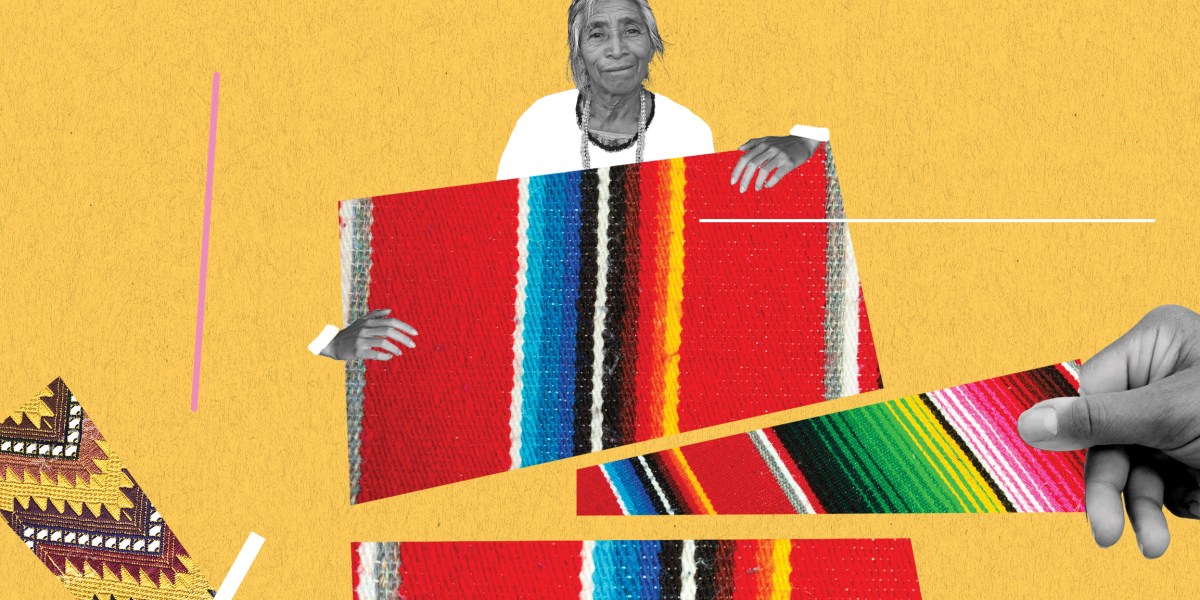What happened to microfinance company Kiva?

Another key concern, strikers told me, is Kiva US, a separate program that offers zero-interest loans to small businesses domestically. Janice Smith had no fundamental problem with the affordable rates, but she found it odd that an American would be offered 0% interest while borrowers in poorer parts of the world were being charged up to 70%, according to the estimates posted on Kiva’s website. “I don’t see why poor people in Guatemala should basically be subsidizing relatively rich people here in Minnesota,” she told me. Guis disagreed, telling me, “I take issue with the idea that systematically marginalized communities in the US are less deserving.” She said that in 2022, nearly 80% of the businesses that received US loans were “owned by Black, Indigenous, and people of color.”
After months of discussions, the strikers and Kiva staff found themselves at loggerheads. “They feel committed to fees as a revenue source, and we feel committed to the fact that it’s inappropriate,” Bill Smith told me. Guis stressed that Kiva had gone through many changes throughout its 18 years—the fees, Kiva Capital, and Kiva US being just a few. “You have to evolve,” she said.
The fees and the returns-oriented Kiva Capital felt strange enough. But what really irked the Lenders on Strike was how much Kiva executives were being paid for overseeing those changes. Lenders wanted to know why, according to Kiva’s tax return, roughly $3.5 million had been spent on executive compensation in 2020—nearly double the amount a few years previously. Bill Smith and others I spoke to saw a strong correlation: at the same time Kiva was finding new ways to make money, Kiva’s leadership was bringing home more cash.
The concerned lenders weren’t the only ones to see a connection. Several employees I spoke to pointed to questionable decisions made under the four-year tenure of Neville Crawley, who was named CEO in 2017 and left in 2021. Crawley made approximately $800,000 in 2020, his last full year at the organization, and took home just under $750,000 in 2021, even though he left the position in the middle of the year. When I asked Kathy Guis why Crawley made so much for about six months of work, she said she couldn’t answer but would pass that question along to the board.
Afterward, I received a written response that did not specifically address CEO compensation, instead noting in part, “As part of Kiva’s commitment to compensation best practices, we conduct regular org-wide compensation fairness research, administer salary surveys, and consult market data from reputable providers.” Chris Tsakalakis, who took over from Crawley, earned more than $350,000 in 2021, for about half a year of work. (His full salary and that of Vishtal Ghotge, his successor and Kiva’s newest CEO, are not yet publicly available in Kiva’s tax filings, nor would Kiva release these numbers to us when we requested them.) In 2021, nearly $20 million of Kiva’s $42 million in revenue went to salaries, benefits, and other compensation.
According to the striking lenders, Kiva’s board explained that as a San Francisco–based organization, it needed to attract top talent in a field, and a city, dominated by tech, finance, and nonprofits. The last three CEOs have had a background in business and/or tech; Kiva’s board is stacked with those working at the intersection of tech, business, and finance and headed by Julie Hanna, an early investor in Lyft and other Silicon Valley companies. This was especially necessary, the board argued, as Kiva began to launch new programs like Kiva Capital, as well as Protocol, a blockchain-enabled credit bureau launched in Sierra Leone in 2018 and then closed in 2022.
Someone taking home nearly a million dollars a year was steering the ship, not the lenders and their $25 loans.
The Smiths and other striking lenders didn’t buy the rationale. The leaders of other microlenders—including Kiva partners—make far less. For example, the president and CEO of BRAC USA, a Kiva partner and one of the largest nonprofits in the world, made just over $300,00 in 2020—not only less than what Kiva’s CEO earns, but also below what Kiva’s general counsel, chief investment officer, chief strategy officer, executive vice president of engineering, and chief officer for strategic partnerships were paid in 2021, according to public filings. Julie Hanna, the executive chair of Kiva’s board, made $140,000 for working 10 hours a week in 2021. Premal Shah, one of the founders, took home roughly $320,000 as “senior consultant” in 2020.
Even among other nonprofits headquartered in expensive American cities, Kiva’s CEO salary is high. For example, the head of the Sierra Club, based in Oakland, made $500,000 in 2021. Meanwhile, the executive director of Doctors Without Borders USA, based in New York City, had a salary of $237,000 in 2020, the same year that the Kiva top executive made roughly $800,000—despite 2020 revenue of $558 million, compared with Kiva’s $38 million.




